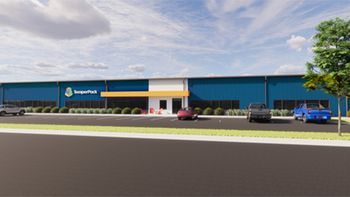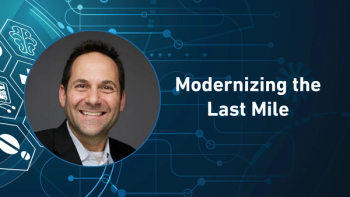
KOL Collaboration Series: Pharmacy Desert Prevalence
In this video interview with Pharma Commerce Editor Nicholas Saraceno, John Stefankiewicz, VP of Analytics, Cencora, details why these pharmacy deserts have become so widespread.
In a video interview with Pharma Commerce, John Stefankiewicz, VP of Analytics, Cencora, explained that pharmacy deserts are increasingly prevalent due to the ongoing closure of pharmacies, which affects community access to essential healthcare services. In urban areas, the nearest pharmacy may be difficult to reach due to barriers like highways and inadequate public transport. In rural regions, residents may need to travel significant distances, sometimes 20 miles, only to find pharmacies closed after work hours. Pharmacies serve as critical points of care, especially during peak seasons for illnesses like flu, emphasizing the necessity of local access to pharmacists for timely prescription filling and healthcare support.
PC: Why have pharmacy deserts become so prevalent to communities?
Stefankiewicz: Through our data, what we see is that pharmacy deserts continue to grow. Pharmacies continue to close, no matter where they are and why it's so prevalent, especially to communities, is that even within one mile in an urban area, that next closest store could be on the other side of a highway—a bus route may not connect it. In rural settings, you could be working 20 miles in the opposite direction of your community pharmacy, and it's closed by the time you're done with work. That's why it's really important. Pharmacies are still points of care. Cough, cold, and flu season are starting, so make sure you get your flu shots at a GNP [Good Neighbor Pharmacy] store. You're going to go to that pharmacy. It’s a point of care. You're not going to be waiting for mail order. You need to be able to have access to that pharmacist to fill that prescripti
Newsletter
Stay ahead in the life sciences industry with Pharmaceutical Commerce, the latest news, trends, and strategies in drug distribution, commercialization, and market access.




